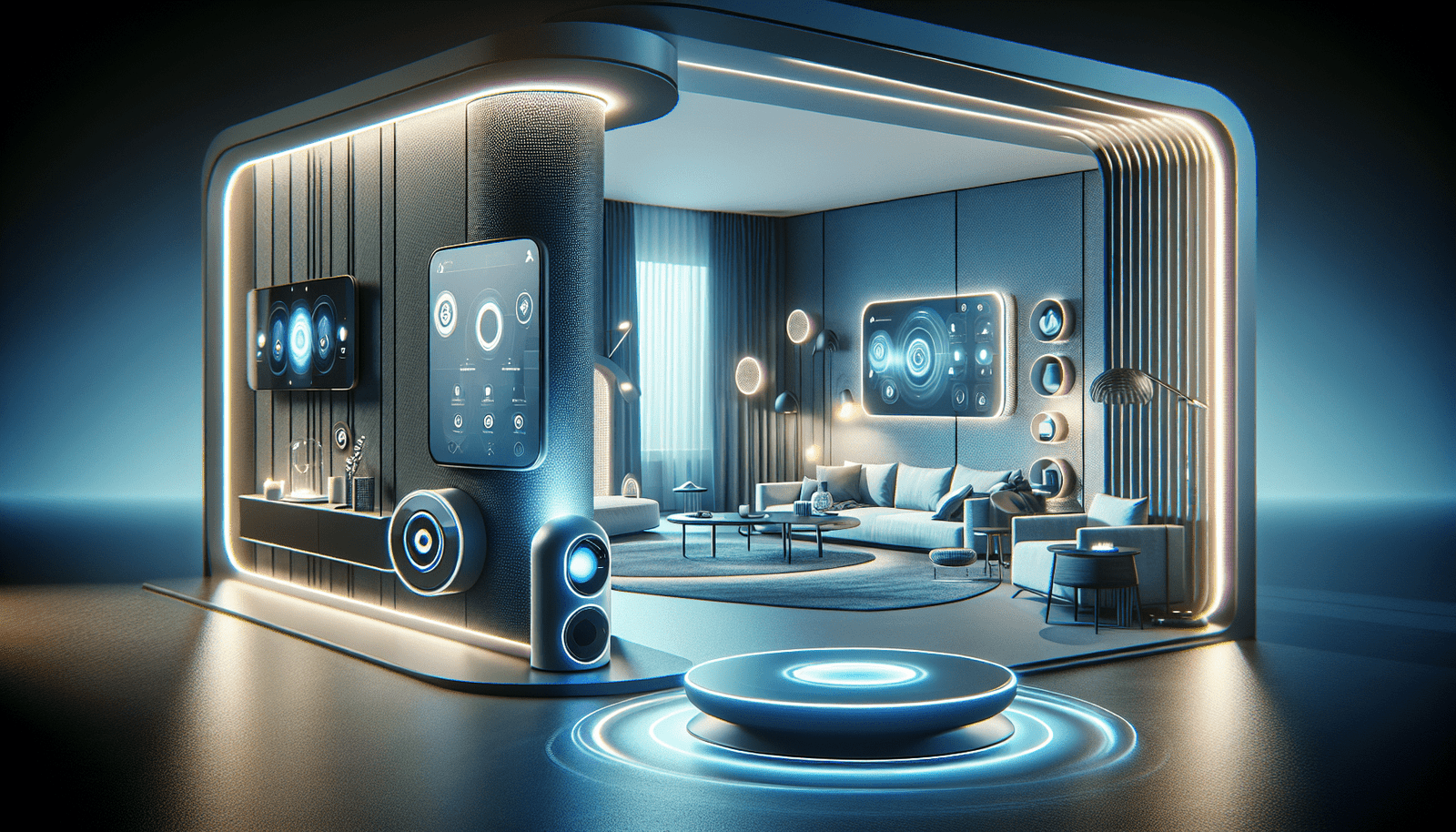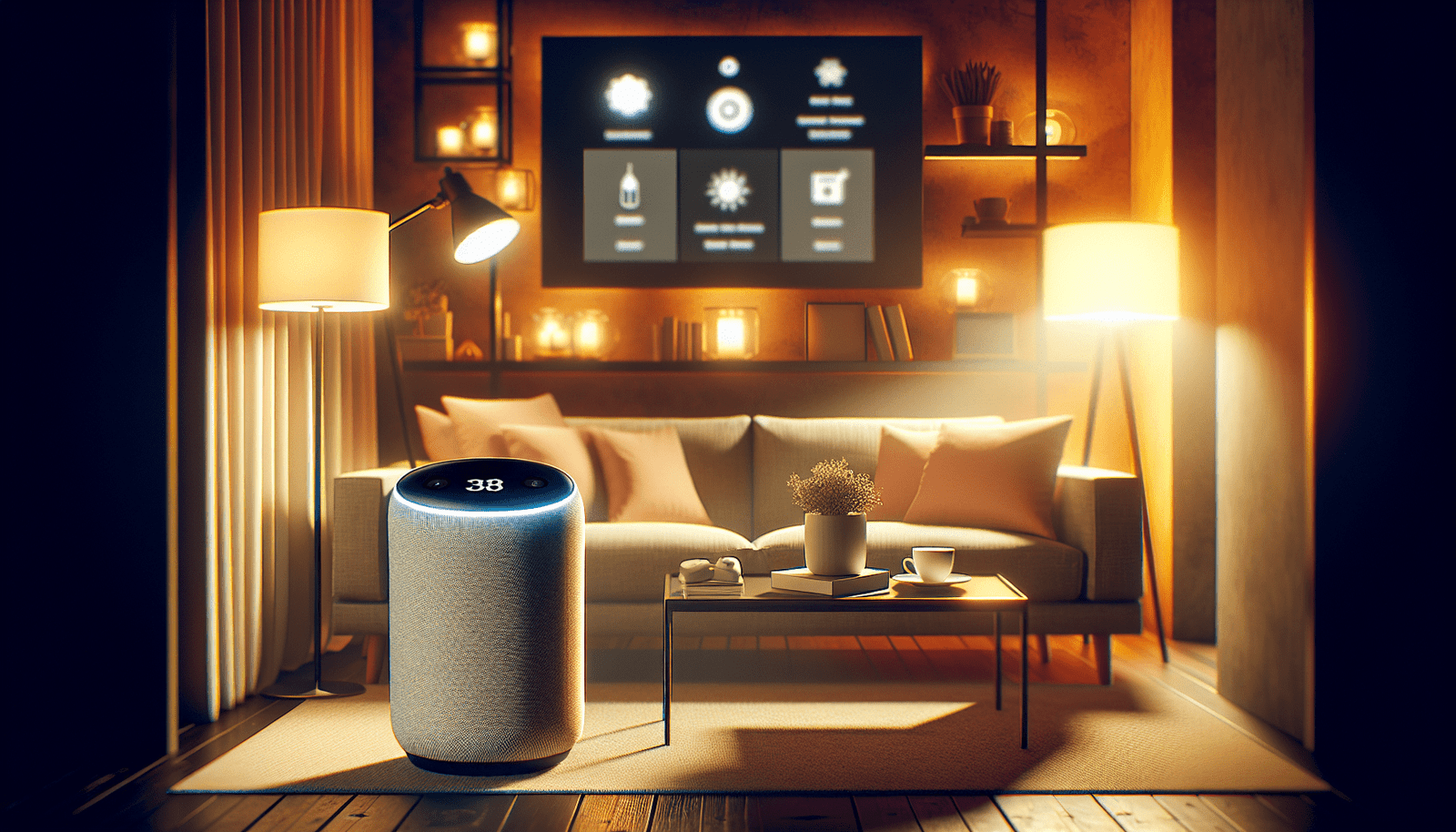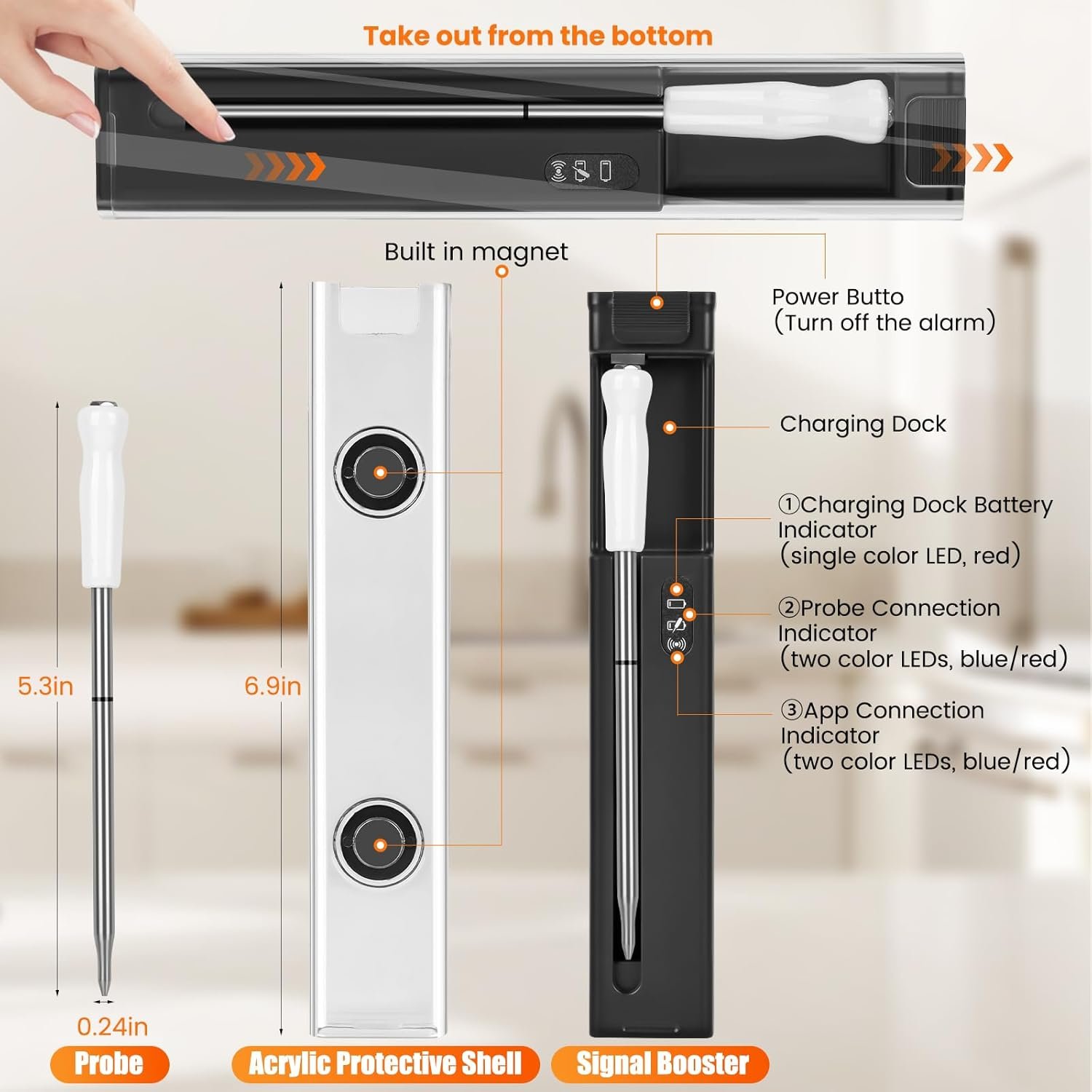Are you thinking about transforming your living space into a futuristic smart home?
Today’s world offers an abundance of smart solutions that can enhance your comfort, security, and energy efficiency—all while making daily life a bit easier. With the rise of intelligent technologies, automating your home is more accessible than ever. Whether you’re a homeowner, a renter intrigued by non-permanent solutions, or a tech enthusiast looking to integrate smart devices into your life, this guide has something for you. Let’s unravel the wonders of smart home living and discover how it can lead to a better living experience.
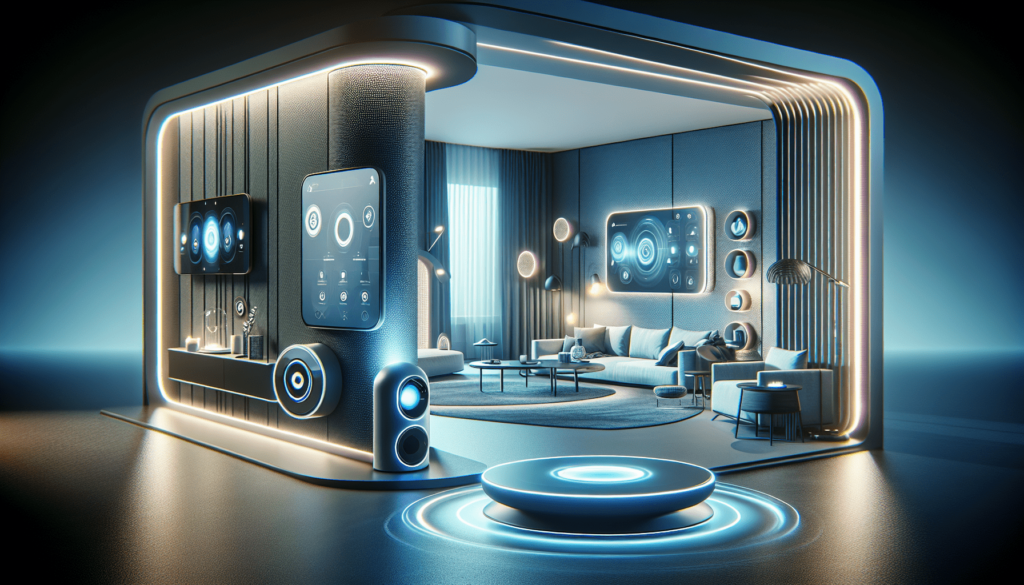
Understanding Smart Home Technology
Before diving into specific devices, it’s essential to grasp the basics of smart home technology. At its core, smart home automation involves linking various devices to a central system—often controlled via a smartphone, tablet, or voice assistant. This integration enables devices to interact with each other to perform specific tasks, such as adjusting the thermostat when you leave home or turning off lights when they aren’t needed.
What Are Smart Home Devices?
smart home devices range from simple gadgets like smart bulbs to more complex systems such as automated security monitoring. These devices are designed to enhance convenience, provide cost savings, and improve living conditions by seamlessly integrating into your home environment. They often include features like remote control, scheduling, and energy management to make your home more connected and efficient.
Cost and Value Considerations
As you consider transforming your home into a smart space, it’s essential to weigh the costs against the potential benefits. Upfront expenses can vary widely depending on the devices and systems you choose. However, many smart home technologies offer long-term savings and may even boost property value.
Initial Installation Costs
Investing in smart home technology doesn’t necessarily mean breaking the bank. Basic systems can start with a smart hub and a few devices, allowing you to expand as your budget permits. Here are examples of typical initial costs:
| Device/Feature | Average Cost Range |
|---|---|
| Smart Thermostat | $100 – $300 |
| Smart Lighting | $50 – $200 per bulb |
| Smart Security Cameras | $50 – $500 per unit |
| Smart Speaker/Hub | $50 – $200 |
Long-term Savings and ROI
The financial benefits of smart home devices frequently come in the form of energy savings and increased efficiency. Smart thermostats can reduce heating and cooling bills, smart lighting can lower electricity use, and smart water systems can minimize waste. The long-term savings may contribute to a return on investment that outweighs the initial expenditure.
Practical Setup Guides
To fully benefit from smart home technology, effective setup and integration are crucial. Here are step-by-step instructions for some popular devices to help you get started:
Installing a Smart Thermostat
- Choose Compatibility: Ensure the smart thermostat is compatible with your HVAC system.
- Turn Off Power: Shut down the power to your HVAC system to prevent electrical hazards.
- Remove Old Thermostat: Carefully disconnect and remove your existing thermostat.
- Connect Wires: Follow the manufacturer’s guidelines to connect the wires to the new thermostat.
- Mount the Thermostat: Secure the device onto the wall.
- Turn Power Back On: Restore power and complete the setup process using the mobile app.
Setting Up Smart Lighting
- Select the Bulb Type: Choose bulbs that fit your fixtures.
- Install Bulbs: Replace your old bulbs with the new smart bulbs.
- Connect Via App: Download the smart lighting app and follow instructions to connect bulbs.
- Integrate with Voice Assistant: If desired, connect to a voice assistant like Alexa or Google Assistant for voice control.
Security and Privacy Factors
While smart homes promise convenience, it’s vital to recognize the potential risks associated with digital living. Security and privacy are paramount considerations in the smart home landscape.
Potential Security Risks
Smart devices can be targets for hackers if not properly secured. Ensure you use strong, unique passwords and apply software updates regularly. Consider devices with end-to-end encryption for added safety.
Best Security Practices
- Change Default Passwords: Never keep the default settings.
- Enable Two-Factor Authentication: Add an extra layer of security.
- Secure Your Network: Use a robust, encrypted Wi-Fi connection.
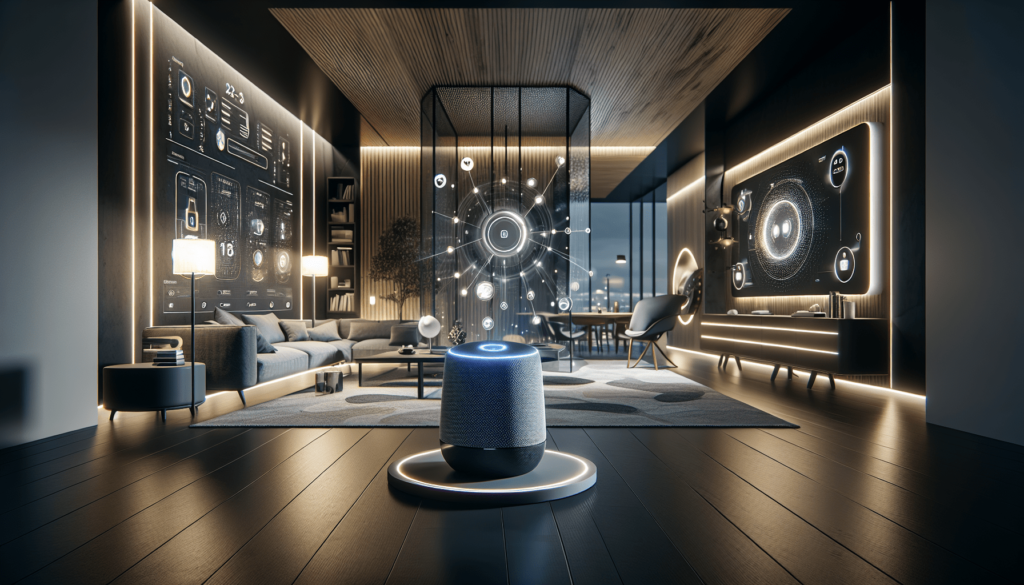
Energy Efficiency and Sustainability
Smart home devices are not only designed for convenience but also for promoting sustainability. They contribute to reducing your property’s overall energy consumption, thus minimizing its carbon footprint.
Smart Thermostats for Energy Savings
By learning your schedule and adjusting accordingly, smart thermostats can save energy by optimizing heating and cooling cycles. Some models provide energy reports, helping you make informed decisions about your energy use.
Solar Integration with Smart Devices
For homeowners interested in renewable energy, some smart devices allow easy integration with solar power systems, maximizing energy use efficiency. Smart solar controllers can monitor performance and manage energy storage effectively.
Compatibility and Connectivity
One crucial aspect of smart home setup is ensuring compatibility between devices and platforms. Connectivity often involves synchronizing different brands and models, and understanding the platforms that work with your devices is essential.
Interacting with Various Platforms
- Zigbee and Z-Wave: These are popular communication protocols that ensure lower energy usage and better interoperability among various smart devices.
- Voice Assistants: Devices compatible with Amazon Alexa, Google Assistant, or Apple HomeKit offer voice command functionalities for hands-free control.
Unified Control with Smart Hubs
For a seamless experience, a smart hub can centralize the control of your devices. Hubs can manage signals and communicate with devices from different manufacturers, providing a cohesive automation solution.
Future-Proofing and Innovation
The smart home industry is evolving, with continuous innovations pushing the boundaries of what these technologies can achieve. As you implement smart solutions, consider future-proofing to ensure your home remains adaptable to new advancements.
Emerging Smart Home Trends
From artificial intelligence-driven devices that predict user needs to robots that aid with household chores, the future holds exciting prospects for smart home technology. Maintaining compatibility with future updates and innovations can enhance the longevity and value of your smart home system.
Investing in Scalable Solutions
Opt for systems that allow expandability, such as modular smart panels or open API devices, which enable integration with future technologies. Scalable solutions ensure your smart home can adapt to the changing tech landscape.
Conclusion
Incorporating smart home technology into your living space presents an opportunity to create a more connected, efficient, and enjoyable environment. From cost considerations and practical setup to security and energy efficiency, automating your home can streamline daily processes, enhance convenience, and align with sustainable living practices. Whether you’re dipping your toes in the smart home waters or fully immersing yourself in automation, understanding these elements will help you make informed decisions, tailor solutions to your lifestyle, and truly reap the benefits of smart home living.
